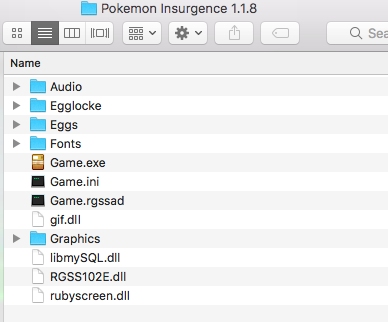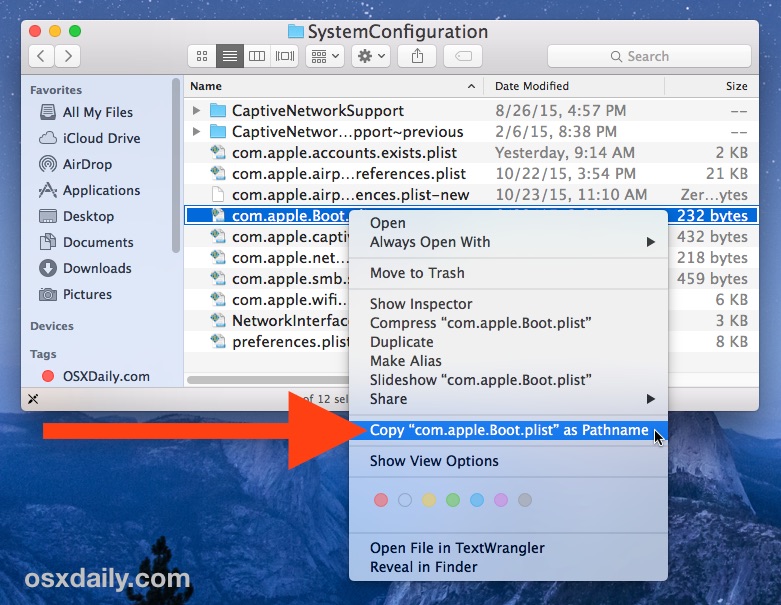

- #HOW TO LOCATE MY PROGRAM FILES ON MAC FULL#
- #HOW TO LOCATE MY PROGRAM FILES ON MAC DOWNLOAD#
- #HOW TO LOCATE MY PROGRAM FILES ON MAC MAC#
Then launch the app from your Applications folder.
#HOW TO LOCATE MY PROGRAM FILES ON MAC DOWNLOAD#

One more trick to open hidden files and foldersĮverybody’s documents are far from perfect older. Try this in your Documents and you will likely see a few greyed out folders that were previously closed from view. Just press: Command + Shift + Period key. While in Finder, you can open normally unseen files using the hot keys combination. To hide files again, use the same commands, but change ‘true’ to ‘false’.All hidden files will now be visible and you can locate and open the one you want using one of the methods above.Launch Terminal from Applications>Utilities.To open hidden files on your Mac, you first need to make them visible, and the easiest way to do that is to use Terminal. What if the file you want to open is hidden or invisible? 11. Alternatively, type ‘open’ and drag the file from the Finder onto the Terminal window.Īll the methods above work but they rely on you being able to find and see the file in the Finder.
#HOW TO LOCATE MY PROGRAM FILES ON MAC FULL#

Third party apps like Alfred and LaunchBar work in a similar way to Spotlight. When it appears in the list, use the arrow keys to navigate to it and press Return to open it. Open files via SpotlightĬlick on the Spotlight magnifying glass icon in the menu bar and in its search box start typing the name of the file, a tag, or part of its content. Navigate to the one you want then click on it to open it. If you right-click, or Control-click on any app icon in the Dock, you’ll see a list of recent files. Click on the Apple menu, choose Recent Items, and then click on the file you want to open. The Mac’s Recent Files tracks files that you’ve worked on recently, allowing you to see them in the Finder, by clicking on Recents, and open them from the Apple menu. Launch the application you want to use to work with the file, go to the File menu, choose Open and navigate to the file. Locate the file you want to open in the Finder and drag it onto the application you want to open it in, either in the Dock or in your Applications folder. To make the application the default for all files of this type, press “Change All”.Under “Open with” click on the dropdown menu and choose a recommended application or choose ‘Other’ and navigate to your preferred application then press “Open”.Right-click on it and choose Get Info, or select it and press Command-I.Locate the file whose default application you want to change.*Bonus tip: Did you know you can change the default application that opens your files?* Locate it in the Finder, and double-click on it to open it in its default application. This is probably the most common way to open a file. But did you know that there are a dozen or more different ways to open files, including those that are normally hidden.

And it’s likely you use the same method each time. We do it so often that most of us don’t even think about it.
#HOW TO LOCATE MY PROGRAM FILES ON MAC MAC#
Opening files is one of the things that every Mac user does every day. But to help you do it all by yourself, we’ve gathered our best ideas and solutions below.įeatures described in this article refer to the MacPaw site version of CleanMyMac X. So here's a tip for you: Download CleanMyMac to quickly solve some of the issues mentioned in this article.


 0 kommentar(er)
0 kommentar(er)
